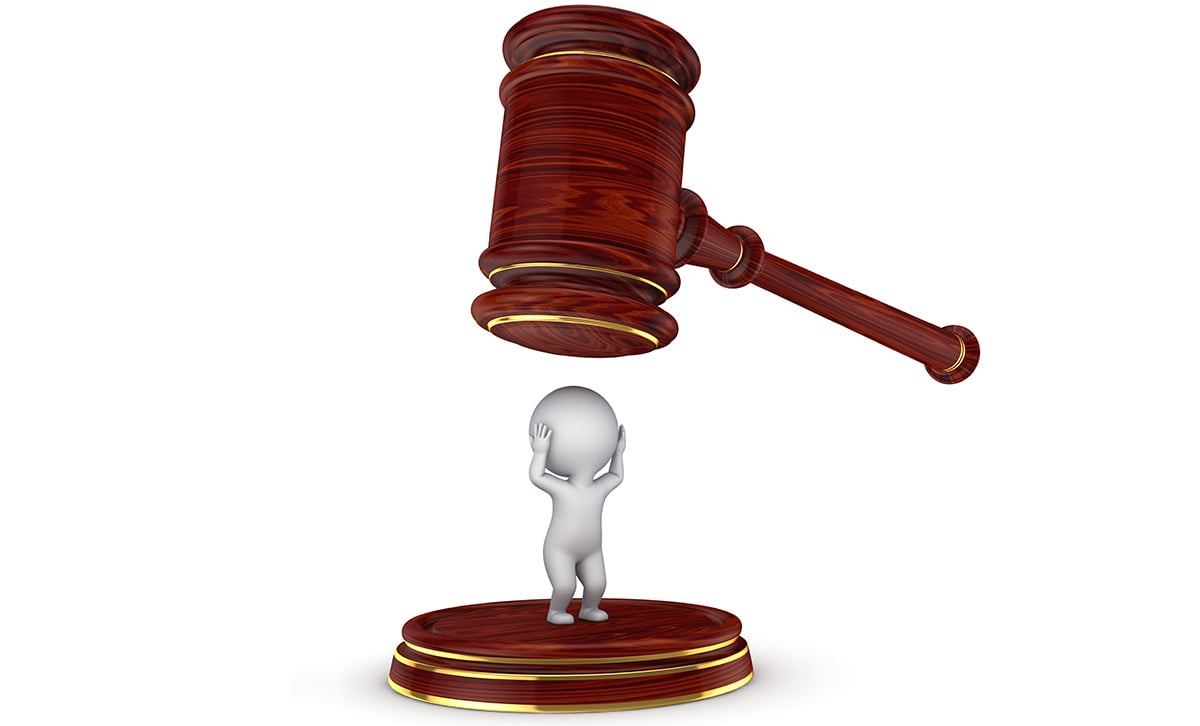Lost amid the political chaos swirling around the Trump administration is the failure of Congress to authorize an increase in the nation's ability to borrow.
As partisan fighting over the administration's links to Russia escalates, lawmakers have yet to craft legislation that lifts the debt ceiling following the March expiration of a 2015 pact to suspend the threshold. Since then the Treasury Department has used what it calls " extraordinary measures," such as deferring payments to federal retirement accounts, to avoid breaching the cap. Senate Majority Leader Mitch McConnell has said Congress will raise the limit, yet he hasn't indicated when.
Just look past the noise. That's the advice of Wall Street's main credit-rating companies, who said they're confident an agreement will be reached before the measures taken by Treasury begin to hamper the government in the second half of the year.
Recommended For You
"The way in which the U.S. finds itself in these periodic impasses is not a positive feature of the country's fiscal management," said Sarah Carlson, a senior analyst at Moody's Investors Service. "Yet our fundamental assumption is that even though the politics around raising the debt limit can be noisy, messy and complex, the U.S. has a track record of always managing to get it done. We would not have the U.S. with a Aaa rating if we didn't."
It was a different situation in 2011, when political paralysis raised the risk of default, which contributed to S&P Global Ratings' decision to downgrade the U.S. to AA+ from AAA, the first sovereign rating reduction for the republic.
Markets are signaling little concern. The cost to protect against a default over the next five years through credit-default swaps was 22 basis points, down from 27 basis points at the end of last year. Traders use the contracts, whose value rises when perceived risk increases, to bet on a borrower's creditworthiness. The metric reached 64 basis points in July 2011.
The biggest difference this time around is probably the absence of an ideological disposition against increasing borrowing from the now-minority Democrats in Congress. Anti-tax-and-spending Republicans used the cap to fight for cuts to programs they opposed. The Republicans control both houses of Congress, along with the White House.
"We are assuming the debt ceiling will get resolved in a timely way," said Charles Seville, a senior director at Fitch Ratings, which has a AAA rating on the U.S. "We consider it only a tail risk that Treasury gets to the X-date, the point where they have exhausted their use of extraordinary measures, and that would be when potentially we would start to worry about it."
Congress and President Woodrow Wilson created statutory federal debt limits during World War I to give the Treasury more flexibility, eliminating the need to go to Congress to get approval for each debt sale. In 1941, a limit on most debt outstanding was set, which since 1960 has either been lifted, redefined, extended or temporarily suspended 82 times, according to the Office of Management and Budget.
While a ratings downgrade may not be in the offing, Treasury Secretary Steven Mnuchin has urged Congress to act swiftly. And in their statement ahead of quarterly debt sales this month, Treasury said it "respectfully urges Congress to protect the full faith and credit of the United States by acting to increase or suspend the statutory debt limit as soon as possible."
Delays have been costly in the past. In October 2013, an 11th-hour deal reopened the government after a 16-day partial shutdown. The protracted conflict caused a spike in rates on Treasury bills whose payments were due between late October and mid-November and on some Treasury notes whose coupon payments came due in that time period. The overall added costs to taxpayers ranged from $38 million to more than $70 million, according to a study by the Government Accountability Office.
"Shutting down the government is bad, but the debt-ceiling issue is worse because debt has economic cost, as when it ends up getting down to the witching hour the U.S. incurs unnecessary interest costs," said John Chambers, former chairman of Standard & Poor's sovereign rating committee, who served in that role during the firm's 2011 downgrade. "This is not the way you should try to curtail government spending."
Since the downgrade, S&P says these types of debt-cap frictions are incorporated into the rating. The company has a baseline assumption that an agreement will be reached before Treasury exhausts the special measures. Additionally, the probe into Russia and former FBI director James Comey's firing are a sign constitutional dictates are working, S&P said.
"We had expected post the election that these checks and balances would also be playing a role in supporting and informing policy execution given the lack of experience of the administration," said Lisa Schineller, managing director covering the Americas at S&P Global Ratings. This year we've seen that "in a very active way. That's a hallmark of the U.S. rating."

Bloomberg News
© 2025 ALM Global, LLC, All Rights Reserved. Request academic re-use from www.copyright.com. All other uses, submit a request to [email protected]. For more information visit Asset & Logo Licensing.




